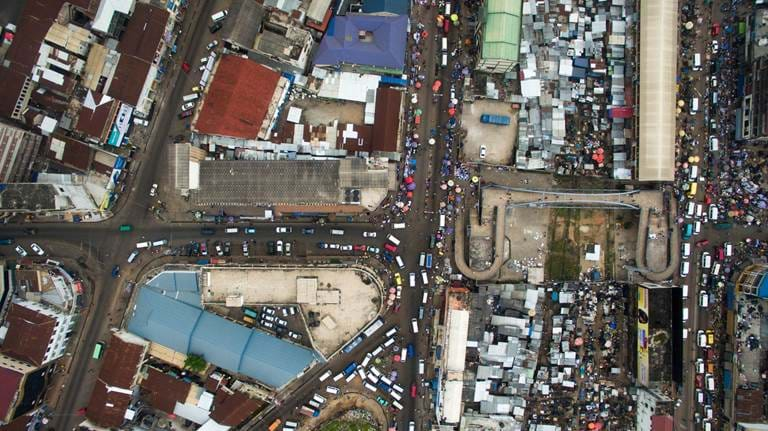Understanding changes in how human populations are geographically distributed and their mobility patterns can provide important, impactful insights across a broad range of applications, including in the humanitarian and development sectors.
The global spread of mobile devices has created additional sources of data on human population mobility, density and characteristics which are generated in near-real time, such as Call Detail Records (CDRs).

Benefits of CDR data
CDRs have several advantages over traditional data sources, such as censuses and surveys. Most importantly, the near-real time generation of CDR data allows for the rapid production of indicators for decision-makers, when timely, quantitative information on their population and their movements is most important. These indicators can, amongst other things, describe changes in the geographic distribution of populations or the movements of people between locations and the variation in mobility over time.
Each of these insights has applications across the humanitarian and development sector, including in disaster and crisis management, public health and transportation, among many others. Furthermore, mobility indicators can support the development of better official population statistics which can impact decision-making in areas such as labour, infrastructure, and taxation.
Applications
In this section, we will discuss the ways in which indicators derived from mobile operator data can be used to support decision-makers across these different applications.
